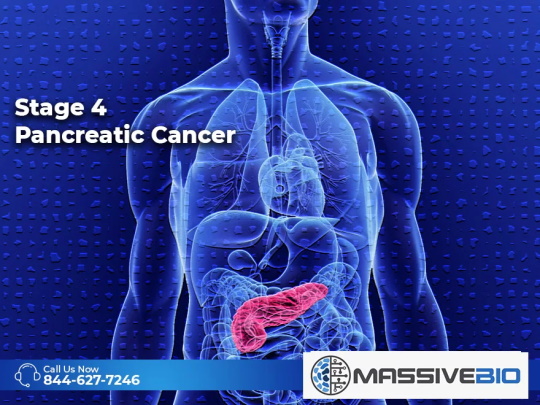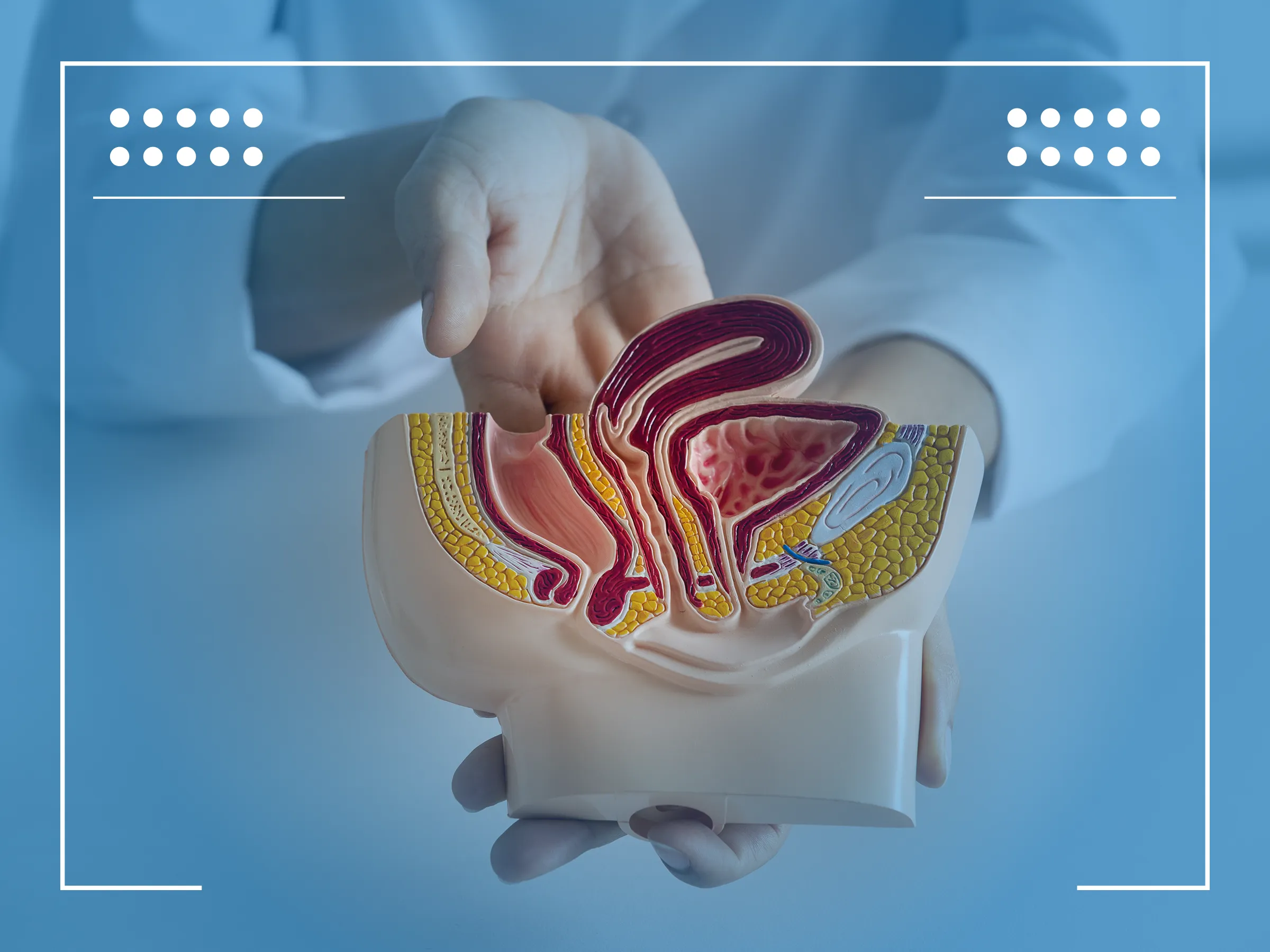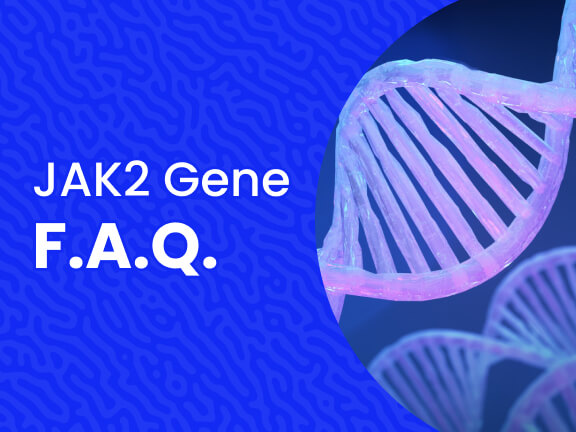Hodgkin’s Lymphoma Symptoms and Signs
Hodgkin’s lymphoma, also known as Hodgkin’s disease, is a cancer of the lymphatic system, which is a part of the immune system. The immune system fights disease and infection. The lymphatic system contains the lymph nodes, bone marrow, thymus gland, and spleen. There are 2 main types of lymphoma, Hodgkin’s lymphoma, and non-Hodgkin’s lymphoma (NHL). The main difference is the specific types of cells involved. Under a microscope, a doctor will look for Reed Sternberg cells, a specific type of abnormal cell only found in Hodgkin’s lymphoma. NHL is much more common and usually has a less favorable prognosis than Hodgkin’s lymphoma
In most cases, patients have a painless lump around the armpit, groin, or neck. Hodgkin’s lymphoma causes the lymph nodes to swell up and grow over time.
In many patients, other Hodgkin’s lymphoma signs and symptoms include:
- Night sweats
- Persistent fatigue
- Weight loss from loss of appetite
- Itchy skin
- On and off fever over several weeks

In lymphoma that affects the lymph nodes of the chest, pain, trouble breathing, or coughing are common. However, it is common for patients to experience no signs or symptoms at the time of their diagnosis due to some lymphoma subtypes not causing symptoms until in advanced stages. The most common subtype of Hodgkin’s lymphoma is nodular sclerosis Hodgkin’s lymphoma, which is typically seen in young adults.
Hodgkin’s Lymphoma Diagnosis
There are several methods doctors use to confirm a Hodgkin’s lymphoma diagnosis. Once lymphoma is suspected, tests will be performed to rule out any other causes.
Tests and factors used to diagnose and stage lymphoma include:
- Physical exam and medical history
- Imaging tests
- Biopsy of the tumor
- Symptoms
- Blood tests
Medical history and physical examination: Doctors will check for swollen spleen, liver, and lymph nodes in the neck, groin, or armpit. It is important to note that enlarged lymph nodes have many other causes than lymphoma, so talking to a doctor as soon as you experience any symptoms is important. Other causes include reactive or hyperplastic nodes that occur as a result of infection.
Biopsy: All or a part of a lymph node is removed. Then, a pathologist examines the tissue to see if cancer cells are present, then determines whether the tumor is Hodgkin’s lymphoma or NHL. There are several types of biopsies, such as excisional biopsy, incisional biopsy, and the core biopsy. The excisional biopsy removes an entire lymph node, incisional biopsy removes a part of a lymph node, and the core biopsy uses a needle to remove a piece of tissue from a lymph node.
Bone marrow aspiration and biopsy: This type of biopsy uses a needle in the pelvis to remove a sample of bone marrow and test it for lymphoma cells. This procedure is used in patients whose PET or CT scan results are unclear. It also helps doctors know if the bone marrow is affected when choosing the right treatment options.
Genomic testing also requires a biopsy, which detects any alterations or biomarkers in the cancer cells. The presence of certain biomarkers can give patients access to new targeted treatments in lymphoma clinical trials.
Computed tomography (CT or CAT) scan: a series of detailed pictures are collected of the lymph nodes and other parts of the body such as the chest, pelvis, and neck. In some cases, a dye is injected to help the doctor view the organs more clearly. To make the pictures, a computer is linked to an x-ray machine. This is often combined with a PET scan.
Positron emission tomography (PET) or PET-CT scan: This procedure finds cancer cells in the body. Radioactive glucose is injected into the patient, and the PET scanner creates an image of where the glucose is located. Cancer cells appear brighter than healthy cells due to their increased activity and absorbing more glucose.
Magnetic resonance imaging (MRI): Radio waves and magnets are used by a computer to create detailed pictures of the body. Also called a nuclear magnetic resonance imaging (NMRI).
Hodgkin’s Lymphoma Staging
To stage Hodgkin’s lymphoma, doctors perform several tests to determine the extent of disease. This helps determine the best option for treatment. The stages of lymphoma are based on the Lugano classification, which are defined as I, II, III, and IV:
- Stage I Hodgkin’s lymphoma: The cancer is either found in no more than 1 lymph node or lymphoid organ (thymus) or is only found in 1 organ outside the lymph system.
- Stage II Hodgkin’s lymphoma: The cancer is either found in 2 or more lymph nodes on 1 side of the diaphragm or extends locally to an organ.
- Stage III Hodgkin’s lymphoma: The cancer is found on both sides of the diaphragm and in the spleen.
- Stage IV Hodgkin’s lymphoma: The cancer has spread to a distant organ including the bone marrow, lungs, or liver.
Bulky disease describes tumors that are at least a third of the size of the chest or 10 centimeters in size. These tumors need more aggressive treatments than indolent lymphomas.
Use of symptoms in staging Hodgkin’s lymphoma
If symptoms are present such as weight loss over 10 percent of body weight, persistent night sweats, or fever over 100.4 degrees (38oC), the stage is assigned a B. These cancers are more likely to be advanced, leading to more intensive treatment methods. Lymphoma without these symptoms is assigned an A to the stage (Ex: Stage IIIA).

Lung function tests
These tests, also called pulmonary function tests (PFTs) measure how much air capacity the lungs have, how quickly air moves in and out of the lungs, and how well oxygen is added while carbon dioxide is removed from the blood. These tests are useful in those who are being treated with chemotherapy and another drug that may have negative effects on the lungs.
Sources:













